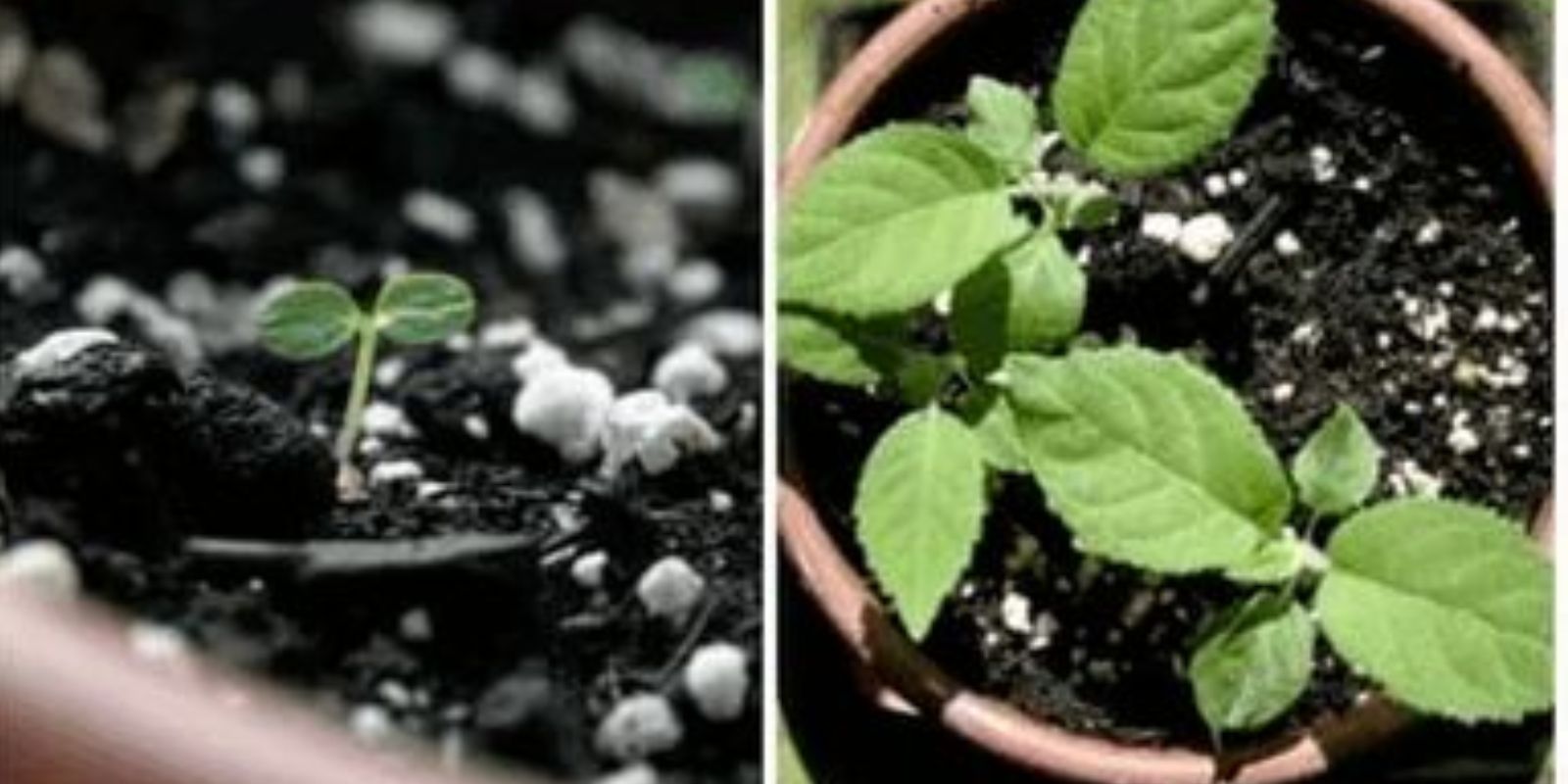Introduction
Kiwi, also known as the Chinese gooseberry, is a delicious and nutrient-packed fruit that you can grow at home with a bit of patience and care. Growing kiwi plants from seeds is a rewarding gardening project that can transform a simple kiwi fruit into a lush vine bearing sweet, tangy fruit. This article provides a step-by-step guide to help you successfully grow kiwi plants from kiwi fruit.
1. Extracting and Preparing the Seeds
Choosing the Right Kiwi
Start with a ripe, fresh kiwi. Look for a fruit that is slightly soft to the touch, indicating that it is mature. Overripe kiwis can be used, but they should not be mushy or spoiled.
Extracting the Seeds
- Cut the Kiwi: Slice the kiwi in half lengthwise using a sharp knife.
- Scoop Out the Seeds: Use a spoon to scoop out the seeds from both halves of the kiwi. Place the seeds in a small bowl.
- Clean the Seeds: Rinse the seeds under running water to remove the pulp. This step is crucial as leftover fruit pulp can lead to mold and hinder germination.
Preparing the Seeds
- Soak the Seeds: Place the cleaned seeds in a small container with water. Allow them to soak for 24 hours. This process helps to soften the seed coat and enhances germination rates.
- Dry the Seeds: After soaking, drain the seeds and spread them on a paper towel to dry. They should be allowed to air dry for a few hours.
2. Planting the Seeds
Choosing the Right Medium
Kiwi seeds require a well-draining growing medium. A mix of potting soil and sand or perlite works well. The sand or perlite helps ensure that the soil does not become waterlogged.
- Prepare the Pots: Use seed trays or small pots with drainage holes. Fill them with the prepared potting mix.
- Plant the Seeds: Scatter the kiwi seeds on the surface of the soil. Lightly press them into the soil with your fingers or a small tool. Cover the seeds with a thin layer of soil, about 1/4 inch deep.
3. Germination
Creating the Ideal Environment
Kiwi seeds need warmth and moisture to germinate.
- Warmth: Place the pots or seed trays in a warm, sunny location. Kiwi seeds require temperatures between 65-75°F (18-24°C) to germinate.
- Moisture: Keep the soil consistently moist but not soggy. A spray bottle can be used to lightly mist the soil to maintain the right moisture level.
Monitoring and Patience
- Germination Time: Kiwi seeds typically take 3-4 weeks to germinate. Be patient and keep the environment stable.
- Light: Once seeds have germinated and seedlings emerge, ensure they receive plenty of light. A sunny windowsill or a grow light can provide the necessary light for healthy growth.
4. Transplanting Seedlings
Preparing for Transplanting
- Growing Stage: When seedlings are a few inches tall and have developed several sets of leaves, they are ready for transplanting.
- Hardening Off: Gradually acclimate seedlings to outdoor conditions by placing them outside for a few hours a day, increasing the time gradually over a week. This process helps the seedlings adjust to the outdoor environment.
Transplanting
- Choose a Location: Select a sunny spot with well-drained soil for transplanting. Kiwi vines need plenty of sunlight and space to grow.
- Transplanting: Gently remove the seedlings from their pots and plant them in the garden or larger pots. Space plants about 6-8 feet apart to accommodate their vigorous growth.
5. Caring for Kiwi Plants
Watering
Kiwi plants require regular watering, especially during dry periods. Ensure the soil is kept consistently moist but not waterlogged. Water deeply to encourage deep root growth.
Fertilizing
Feed kiwi plants with a balanced fertilizer every 6-8 weeks during the growing season. Avoid over-fertilizing, as this can lead to excessive foliage growth at the expense of fruit production.
Supporting the Vines
Kiwi plants are vigorous climbers and need support to grow effectively. Provide a trellis or arbor for the vines to climb. Train the vines as they grow to ensure they have good air circulation and access to sunlight.
Pruning
Regular pruning helps maintain the shape of the plant and encourages fruit production. Prune away any dead or diseased growth and trim back excessive vine growth to promote healthy fruit development.
6. Harvesting Kiwi Fruit
Determining Ripeness
Kiwi fruit is typically ready to harvest when it has developed a full size and a slightly soft texture. Harvesting kiwi fruit too early may result in bland-tasting fruit. Allow the fruit to ripen off the vine if necessary.
Storing Kiwi
Store harvested kiwi fruit in a cool, dry place. To speed up ripening, place the kiwis in a paper bag with an apple or banana. Once ripe, kiwi can be stored in the refrigerator for several weeks.
Motivation
Growing kiwi plants from seeds is a rewarding experience that brings the joy of home gardening and the satisfaction of harvesting your own fruit. With patience and proper care, you can enjoy fresh, homegrown kiwis and share your gardening success with others. Give it a try and watch your kiwi garden flourish! 🌱🥝

